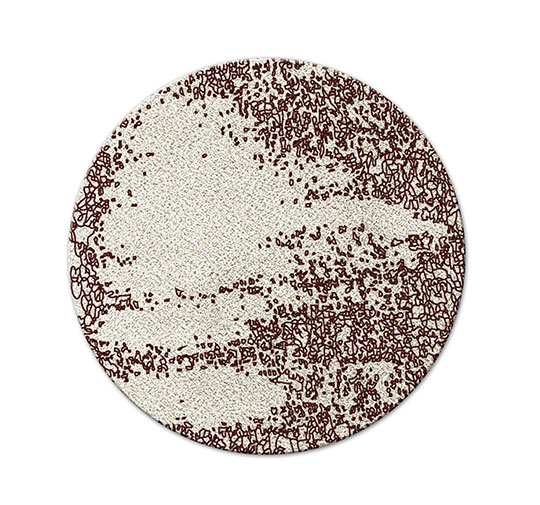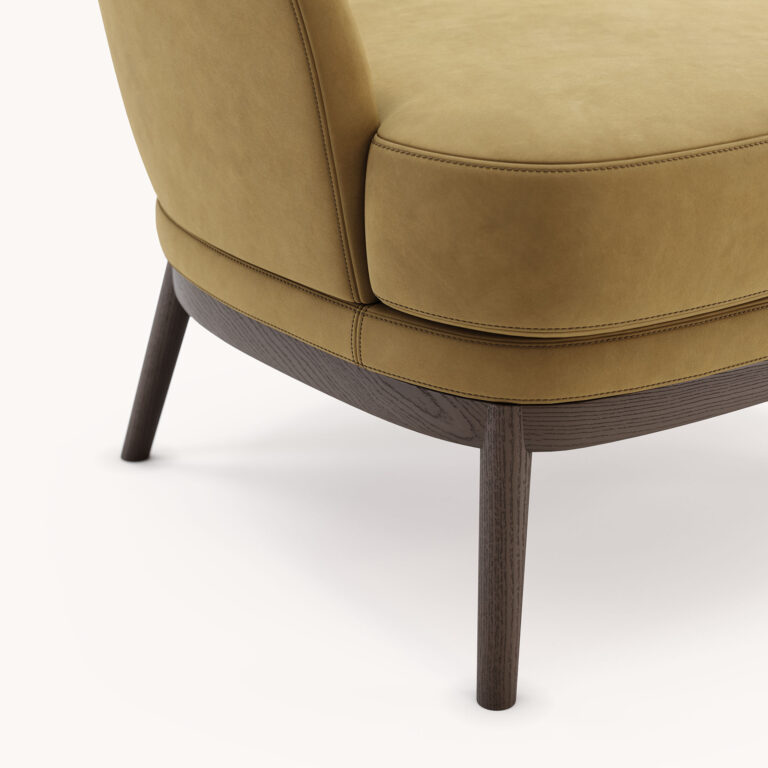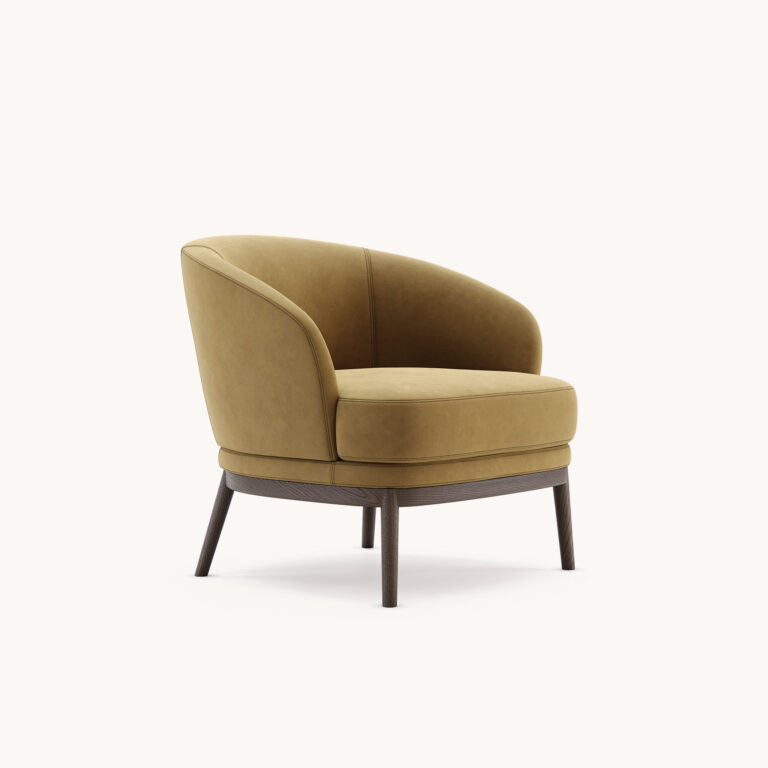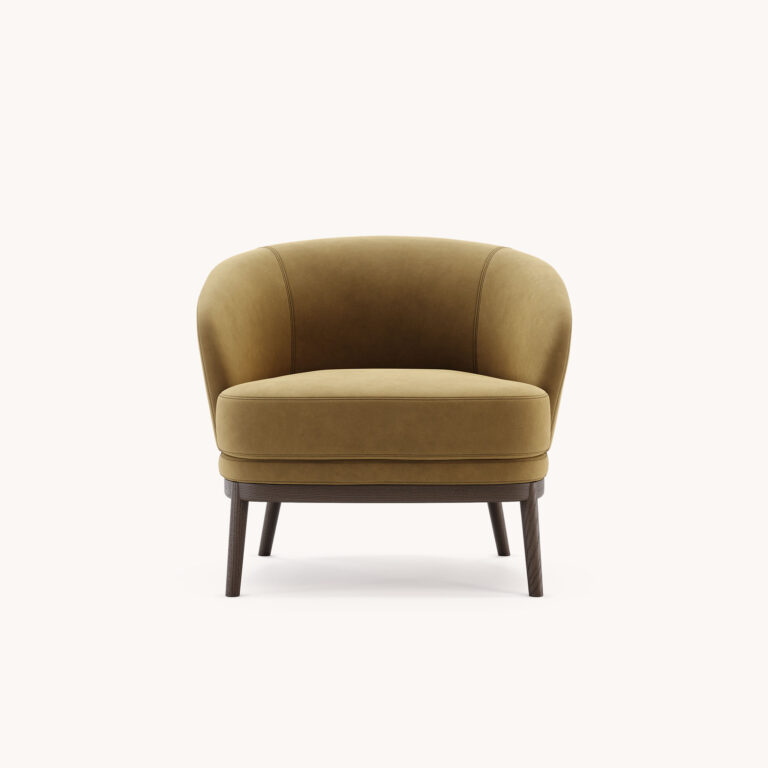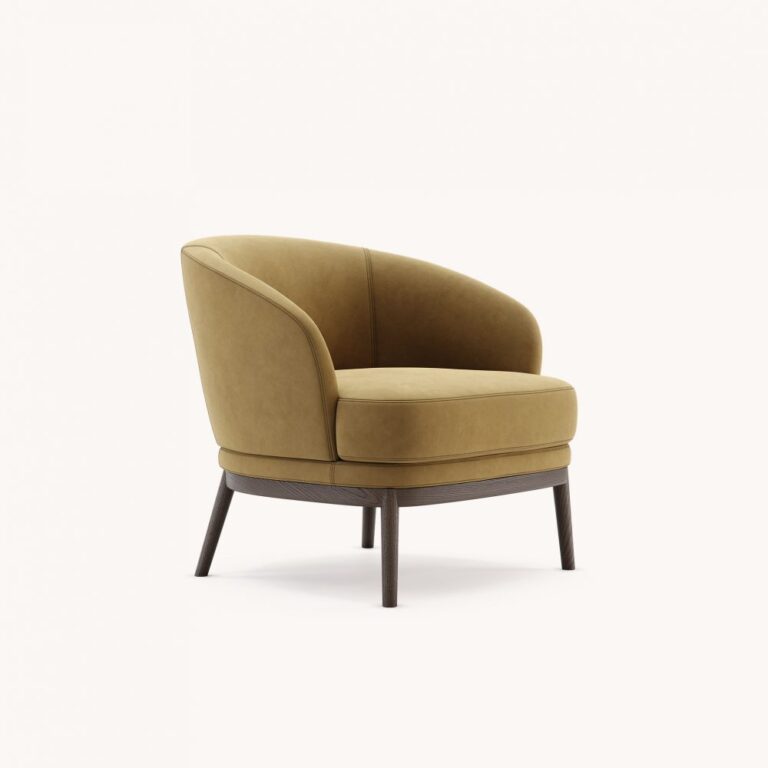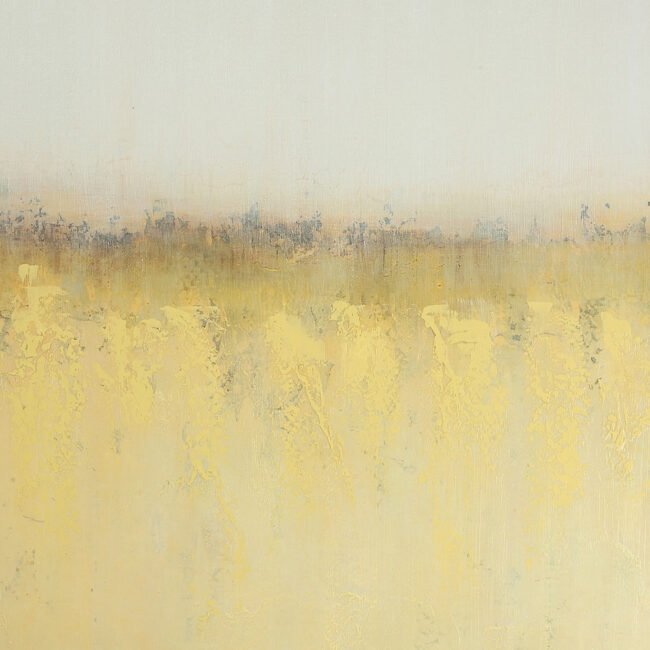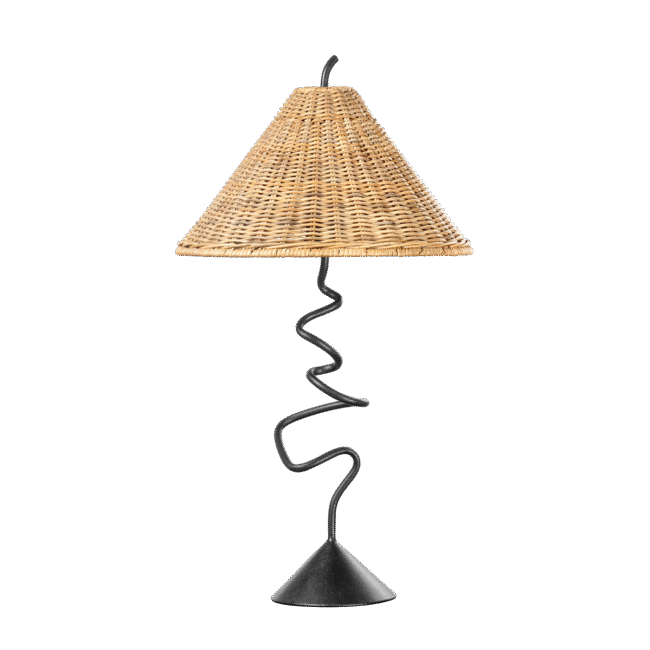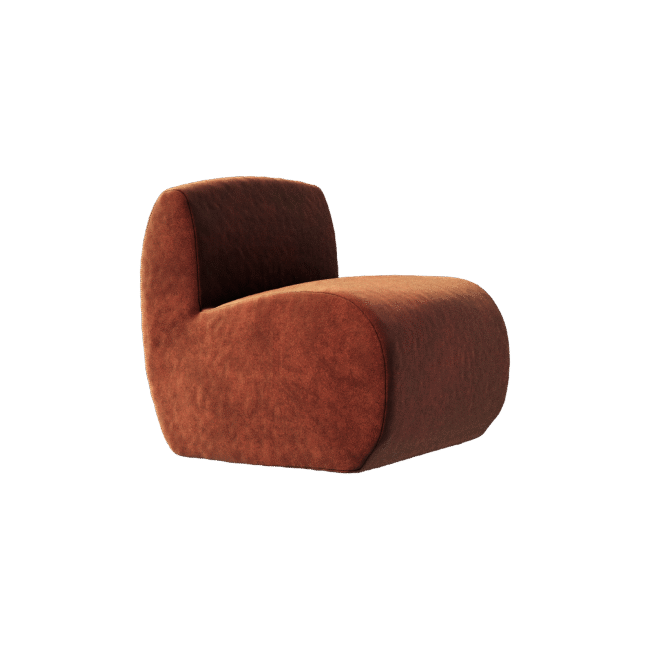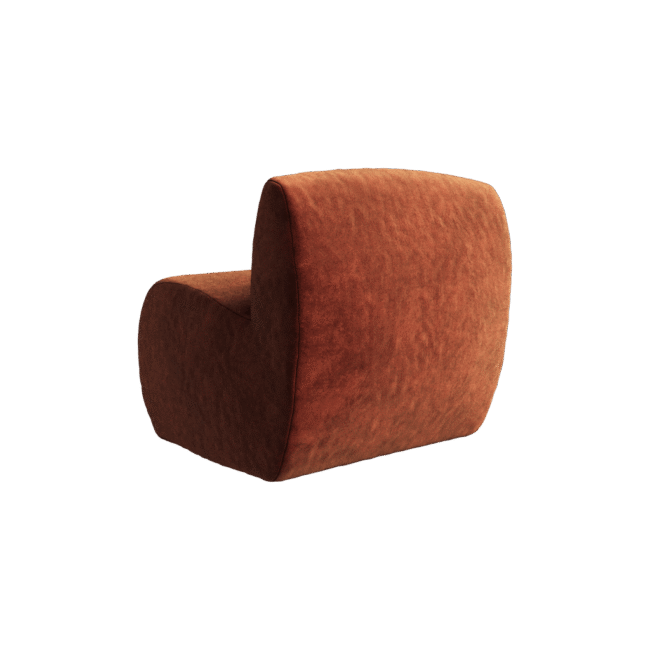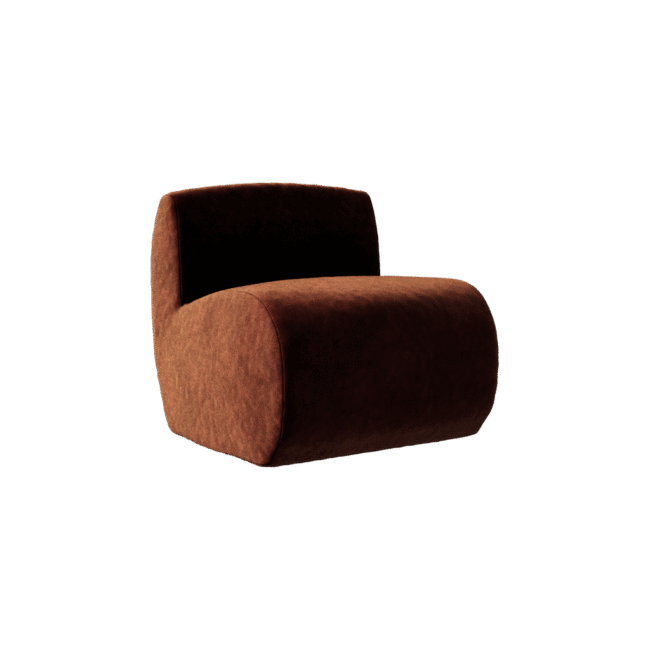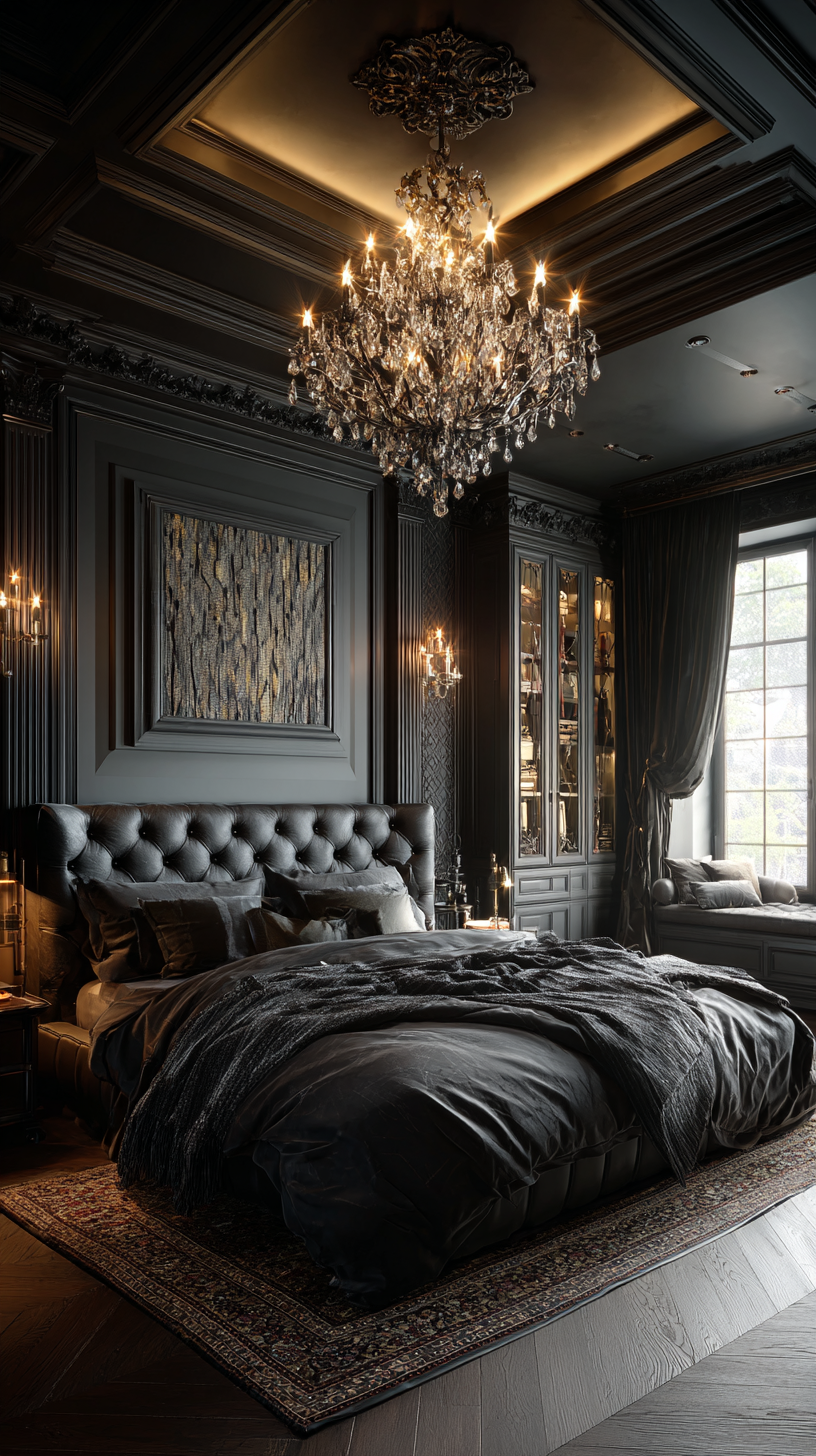Design Begins with Balance: A Preview of the 7 Elements That Shape Every Beautiful Space
If you’ve ever walked into a room and instantly felt comfortable, harmonious — or conversely, uneasy and cluttered — you’ve experienced the power of great interior design. At the heart of every well-designed space lie the 7 elements of interior design — the blueprint that transforms randomness into a cohesive, balanced environment. In this blog, we’ll dive deep into each element, explore how they interplay, and show you how to use them as tools to create interiors that look and feel exceptional.
Here’s a quick preview of what you’ll find:
Space — How to work with positive and negative space to shape flow and harmony
Line — Guiding the eye, creating movement, and structuring form
Form — The shapes, silhouettes, and three-dimensional language of your room
Light — Natural & artificial lighting’s role in revealing and enhancing everything else
Color — Mood, rhythm, and balance through hue, saturation, and palette
Texture — creates depth and sensory engagement.
Pattern — introduces rhythm, movement, and cohesion to a room.
After those six deep dives, I’ll wrap up with a conclusion on weaving the 7 elements of interior design together into your personal “design system.” By the end, you’ll have not just theory, but a practical mindset to upgrade any space with confidence.
Space: The Foundation of Design
Space is where interior design begins. Before color, texture, or furniture, you must understand the 7 elements of interior design start with space — both the tangible and the implied. Space refers to the physical boundaries (floor, walls, ceiling) and how you use the “room within a room.” It’s about the balance between positive space (occupied by objects) and negative space (the blank, breathing room).

Positive space includes the sofas, tables, rugs, art pieces — the elements that fill your room. Negative space is the empty floor, open wall areas, and pathways. Great design maintains balance: too much positive space, and the room feels cluttered; too much negative space, and it feels sparse and impersonal. This first of the 7 elements of interior design is the silent framework that dictates how freely the eye moves.
You also want to think dimensionally: in 2D (length & width) and in 3D (height). On a plan, space defines zones and circulation paths. In 3D, it defines vertical balance, ceiling height, and the sense of volume. For instance: tall shelving draws eyes upward; low furniture keeps the ceiling feeling airy. Mastering this spatial dimension is crucial among the 7 elements of interior design.
In open-plan or multifunctional rooms, use space to zone — living, dining, work — by arrangement rather than walls. Use area rugs, furniture groupings, and architectural features. The spatial choreography ensures that each function feels distinct, yet connected — an essential task of the 7 elements of interior design in service of harmony.
Proportion, Scale & Visual Balance
Space also demands that objects within it obey proportion and scale. A massive sofa in a tiny room throws the balance off; a tiny lamp in a grand hall gets lost. Among the 7 elements of interior design, space guides you in choosing the right size and grouping of elements so that nothing overwhelms.
Tips for Better Spatial Design
Start with a measured floor plan — know your exact dimensions
Use negative space intentionally (leave breathing room around focal items)
Layer heights (low furniture, mid shelving, tall accents)
Use rugs and lighting to subtly delineate zones
Avoid symmetry that feels rigid — let space “flow” naturally
In short, space is the silent orchestrator of all interior design. It’s the canvas on which the other 7 elements of interior design play. Getting space right ensures that your room feels open, functional, and balanced — not cramped or chaotic.
Line: Directing the Eye & Structuring Flow
Once space is understood, the next of the 7 elements of interior design to harness is line. Lines in a room influence movement, direct focus, and articulate structure. Whether horizontal, vertical, or dynamic (diagonal/curved), lines define rhythm and tension inside the space.

Types of Lines & Their Emotional Impact
Horizontal lines (e.g. low-profile furniture, trim, shelving) evoke calm, stability, and restfulness.
Vertical lines (pillars, tall windows, floor-to-ceiling curtains) give impression of height, elegance, and a sense of uplift.
Dynamic lines (curves, diagonals, asymmetries) infuse energy, movement, and visual interest.
Using line smartly is central to applying the 7 elements of interior design — you guide the viewer’s gaze intentionally through the room.
How Lines Create Flow
Floorboards, ceiling beams, wall moldings, even pathways — each contributes a line that leads the eye. Use them to anchor your focal points. For example, a diagonal line (say, a slanted ceiling) might lead the eye to a window or artwork. Through the 7 elements of interior design, line becomes a narrative path.
Combining Lines for Depth
A single line can be static; layering lines gives depth. A horizontal shelf line paired with vertical book spines and a dynamic lamp silhouette creates multi-directional movement. That kind of interplay is what makes the 7 elements of interior design truly dynamic in practice.
Line & Furniture Direction
The edges of furniture, rugs, and layout all contribute. Aligning a sofa parallel to a window (horizontal line) can echo or contrast the vertical lines of window mullions. As you master line as one of the 7 elements of interior design, you’ll find your interiors feel more intentional and cohesive.
Common Missteps & Fixes
Overuse of dynamic lines can feel chaotic — balance with horizontals or verticals
Ignoring existing architectural lines (beams, windows) wastes design opportunity
Clashing directions (e.g. diagonal rug, square furniture) can feel disjointed
In conclusion, line among the 7 elements of interior design is not about drawing literal lines — it’s about crafting flow, emphasis, and harmony. With line, your eye will always know where to go.
-
Denton Wall Sconce
£474 Add to cart -
Ruth Armchair
£1,899 – £3,366Price range: £1,899 through £3,366 Select options This product has multiple variants. The options may be chosen on the product page -
Zola Wall Decor
£8,388 Add to cart
Form: Crafting Shape & Volume
Form (also called shape) is the third pillar in the 7 elements of interior design. It gives physical objects their silhouette and personality — whether geometric, organic, rectilinear, or fluid. Form is about the three-dimensional presence of furniture, accessories, architectural features, and how they occupy space.

Geometric vs Organic Forms
Geometric forms are crisp, structured, and man-made—think rectangles, cylinders, cubes.
Organic forms are natural, flowing, irregular—like curved backs of chairs or sculptural plants.
When used together intelligently within the 7 elements of interior design, geometric forms offer structure and clarity; organic forms soften edges and add warmth.
Volume, Mass & Visual Weight
Form isn’t just shape — it includes volume and physical presence. A bulky armchair has mass; an airy wireframe chair has lightness. In the 7 elements of interior design, balancing heavy and light forms ensures no single object dominates visually.
Positive/Negative Form Interplay
Just as with space, forms create “presence” and “absence.” Negative form (e.g. cutouts, voids) can frame views and bring elegance. As part of the 7 elements of interior design, use voids (for instance, open shelving or arches) to let forms “breathe.”
Grouping & Form Composition
When placing objects together, think in terms of related forms: cluster three vases of graduated heights (same form family) or align cylindrical lights over rectangular console. A thoughtful grouping is a hallmark of mastery in the 7 elements of interior design.
Form & Function
Form must often support use. A sculptural coffee table may be beautiful, but if its form conflicts with ergonomics or space, it fails its purpose. Among the 7 elements of interior design, form must respect usability while elevating aesthetics.
Tips for Effective Use of Form
Start with a dominant form (sofa, bed) and balance with supporting forms
Contrast curves with straight edges, solids with voids
Scale and proportion must harmonize with the room (see space element)
Use form to define zones (e.g. a rounded seating area vs rectilinear dining)
In short: form is the language through which objects speak. When you master form within the 7 elements of interior design, your rooms will feel sculpted, layered, and alive.
Light: Revealing Form, Color & Texture
Light is arguably the most magical of the 7 elements of interior design. It transforms everything: space, line, form, color, texture, pattern. Without light, even the most beautiful design falls flat. Thus, understanding and manipulating light is essential.

Natural Light: The Ultimate Revealer
Sunlight changes over the day, altering shadows, brightness, and mood. Plan your windows and orientation so that key surfaces and focal points get optimal natural light. Among the 7 elements of interior design, natural light is the base layer on which everything rests.
Artificial Lighting Types & Layering
Ambient lighting (general overhead): fills the room
Task lighting: focused (reading, cooking, work)
Accent lighting: highlights art, textures, features
A well-designed lighting plan layers all three, ensuring depth. This layering is central in applying the 7 elements of interior design in real life.
Color Temperature, Intensity & Shadow
Light affects color perception. Warm tones make yellows, browns, and reds richer, while cool light flatters blues and greens. Use dimmers and variable intensity to shift mood. Shadows cast by forms and lines add drama and depth — another way the 7 elements of interior design interplay.
Fixtures as Form
Light fixtures themselves are forms — sculptural pendants, linear fixtures, recessed slots. They contribute to line, form, and even texture. In a space designed well under the 7 elements of interior design, lighting is both functional and decorative.
Practical Tips
Install multiple zones on separate switches
Use wall washers or uplights to reduce ceiling glare
Mirror, glass, and metallic surfaces help bounce light
Use pillar or column lighting to emphasize height
In summary, light is the lens through which all design happens. Get light right, and the other 7 elements of interior design will shine.
Color: The Emotional & Visual Anchor
Color is one of the most expressive of the 7 elements of interior design. It carries mood, identity, and visual coherence. Choosing a great palette is not just about beauty — it’s about telling your room’s story.

Color Psychology & Mood
Warm tones (reds, oranges, yellows) evoke energy and intimacy. Cool tones (blues, greens, purples) calm and soothe. Neutral hues (greys, whites, beiges) provide balance. Using color with intention is essential among the 7 elements of interior design.
Hue, Value & Saturation
Every color has hue (which shade), value (lightness/darkness), and saturation (intensity). A balanced palette uses variation in these dimensions without overwhelming. For example: a muted teal accent against neutral stone walls.
Color Proportion & the 60-30-10 Rule
A classic rule among practitioners of the 7 elements of interior design: 60% dominant (walls/floor), 30% secondary (furniture), 10% accent (accessories). This helps ensure visual harmony and anchor points for the eye.
Monochrome, Analogous & Complementary Schemes
Monochrome: same hue, varied value
Analogous: adjacent hues on color wheel
Complementary: opposite hues (e.g. blue/orange)
Use contrast carefully to add drama; use harmony when calm is desired. All these are tools within the 7 elements of interior design.
Color & Light Interplay
As light changes, color shifts. A blue wall in daylight may appear one hue; under incandescent light it may shift warmer. Test paint samples at different times. This dynamic interplay is what makes color both exciting and challenging among the 7 elements of interior design.
Tips & Pitfalls
Start with neutrals, layer in accent colors
Use natural elements (wood, stone, plants) for grounding
Avoid too many competing accents — limit to two strong accent tones
Pay attention to color transitions between rooms
Color is your visual voice. When balanced with the other 7 elements of interior design, it elevates a space from good to transcendent.
-
Abstract Design 35 (BDGA35) Artwork
£384 Add to cart -
Tilden Armchair
£510 – £810Price range: £510 through £810 Select options This product has multiple variants. The options may be chosen on the product page -
Zoella Chandelier
£2,190 Add to cart
Texture: The Silent Storyteller of Design
Texture is the emotional heartbeat of the 7 elements of interior design. It transforms flat surfaces into experiences, creating layers of depth and warmth that make a room feel alive. Long before a color palette catches your eye, texture engages your senses — through touch, shadow, and the subtle way materials play with light. It’s not just a design element; it’s how you make a room felt, not just seen.

The Two Dimensions of Texture
In interior design, texture comes in two distinct but equally important forms — tactile and visual.
Tactile texture refers to how a surface physically feels: the nubbiness of boucle upholstery, the cool smoothness of marble, or the rough honesty of reclaimed wood.
Visual texture is the illusion of depth — patterns, paint finishes, or printed fabrics that simulate the feel of a surface without changing its actual touch.
Together, these two dimensions of texture anchor the physical and aesthetic experience of a space — one of the most quietly powerful within the 7 elements of interior design.
Layering: The Art of Balance
The most successful interiors layer textures like a designer composes music. Think of a sleek leather sofa softened by a woven throw, or a high-gloss coffee table paired with a hand-loomed rug. Each surface complements the other — glossy against matte, smooth beside coarse — achieving balance and tension. The contrast of textures within the 7 elements of interior design prevents visual monotony, creating interest without chaos.
Light: Texture’s Best Friend
Lighting and texture are inseparable. Raked light across a brick wall deepens its relief; soft diffused lighting smooths velvet and suede. The same surface can appear entirely different under changing illumination. Designers who master this interaction wield one of the most nuanced tools in the 7 elements of interior design — light revealing depth, shadow revealing emotion.
Emotional Resonance Through Materiality
Texture also communicates emotion. Raw materials like jute and linen evoke organic simplicity, while plush fabrics and polished metals speak of luxury. Every tactile choice tells your design story. The mark of a sophisticated designer lies in using texture to echo the desired mood — calm, warmth, drama, or restraint — while harmonizing with the other 7 elements of interior design.
Practical Takeaways
Mix at least three contrasting textures in every space: smooth, rough, and soft.
Use rugs, throws, and upholstery as texture layers, not just décor.
Let lighting accentuate texture by adding soft shadows and glows.
Avoid overloading — too much texture can feel visually heavy.
In the grand composition of the 7 elements of interior design, texture is what transforms sterile rooms into soulful environments. It’s the silent storyteller that makes people want to linger, touch, and stay.
Pattern: The Rhythm and Pulse of a Room
If texture is touch, then pattern is rhythm — the musical movement of the 7 elements of interior design. Patterns breathe energy into a space through repetition and variation. Whether they whisper gently through delicate motifs or shout boldly through large-scale graphics, patterns provide a visual tempo that keeps the eye dancing.

Understanding the Language of Pattern
Patterns are more than decoration; they’re a tool for connection. Within the 7 elements of interior design, they act as the unifying thread that ties diverse objects together.
There are several types:
Geometric (lines, grids, chevrons) — modern, structured, disciplined.
Organic (florals, waves, leaves) — soft, natural, romantic.
Abstract — artistic, expressive, avant-garde.
Cultural or historical — Moroccan tiles, Greek keys, Ikat weaves — each bringing heritage and story.
By understanding these categories, you can apply pattern with purpose rather than chance.
Scale and Proportion: The Secret to Harmony
One of the core principles when using pattern among the 7 elements of interior design is scale. Large-scale prints dominate; small ones recede. To achieve depth, mix both — a grand rug pattern under fine, delicate drapery or small patterned cushions on a solid sofa. Varying scale keeps the eye engaged while maintaining balance.
Color Coordination and Placement
Pattern never exists in isolation; it interacts with color, texture, and form. Always consider how your pattern’s color palette integrates with the rest of your space. Choose hues that echo your wall tones or accent shades. And be strategic about placement — feature walls, headboards, and upholstery are natural anchors for pattern among the 7 elements of interior design.
Mixing Patterns Without Chaos
Mixing patterns can seem intimidating, but when done right, it’s pure sophistication. The secret is variation with control:
Combine patterns with different scales.
Use one dominant motif and one or two supporting ones.
Keep colors consistent across all patterns.
Add solid textures between them for breathing room.
When balanced, patterns create a visual conversation, a dance that feels both intentional and expressive — a vital hallmark of the 7 elements of interior design in motion.
Pattern as Personality
Pattern tells you who lives in a space. A bold abstract print announces confidence; a soft botanical whispers calm. It’s a storytelling device that transcends words, embodying individuality. Through pattern, the 7 elements of interior design gain voice and rhythm, shaping not just how a room looks, but how it feels.
Practical Takeaways
Limit to three major patterns per room.
Ground busy patterns with neutrals or solid surfaces.
Use repetition to create unity — echo a motif in cushions, art, or wallpaper.
Let pattern scale correspond to the size of your room.
In essence, pattern is movement — the living pulse that animates interiors. Within the 7 elements of interior design, it’s the final flourish, the expressive heartbeat that transforms spaces into personal statements of style and spirit.
Designing Beyond Aesthetics
The beauty of the 7 elements of interior design lies in their interconnectedness. Each one — from space to pattern — works like a note in a symphony, distinct yet essential to the overall harmony.
Mastering them means designing with both logic and emotion. You learn to see not just furniture and finishes, but balance, proportion, and feeling. The result? Spaces that move beyond decoration into storytelling.
When you consciously apply the 7 elements of interior design, every decision — from lighting to layout — becomes part of a bigger narrative: one that celebrates beauty, balance, and the human experience within walls.




